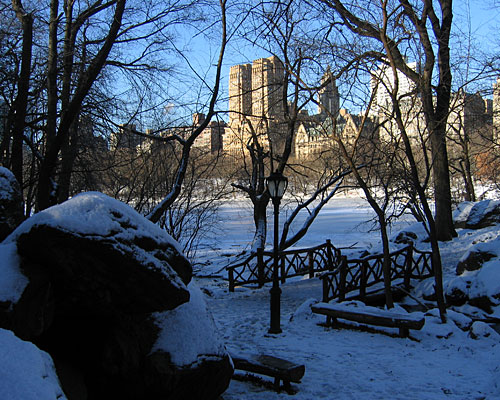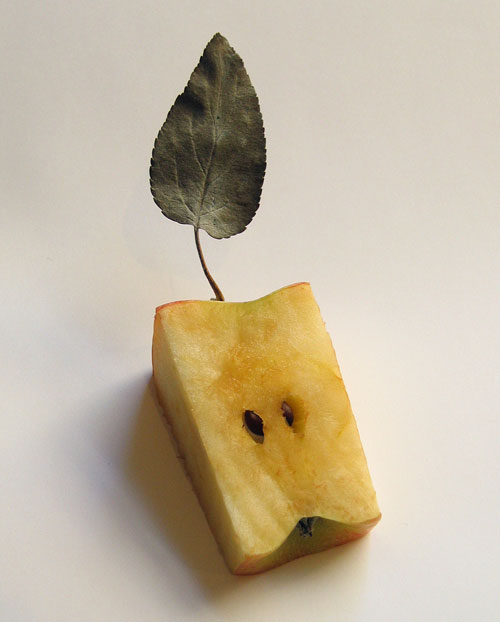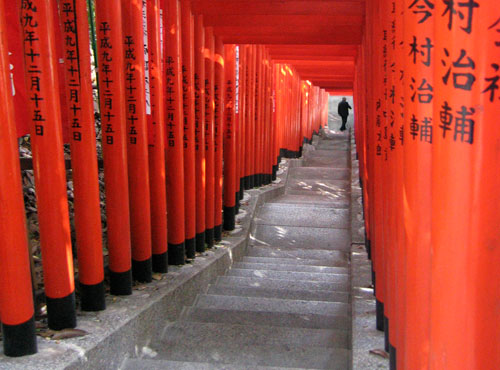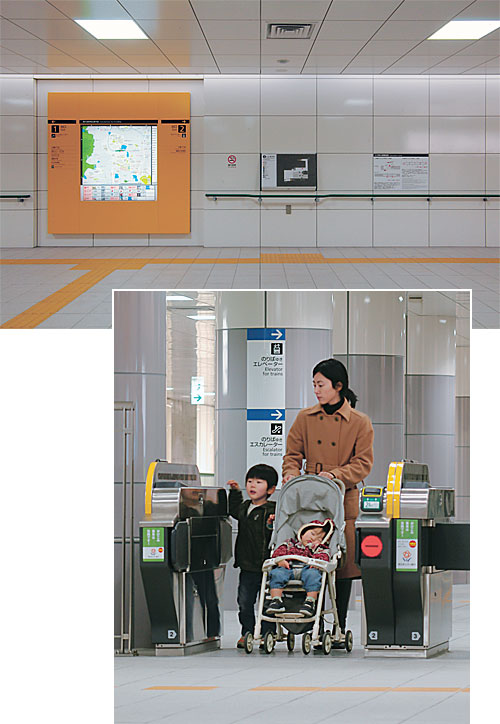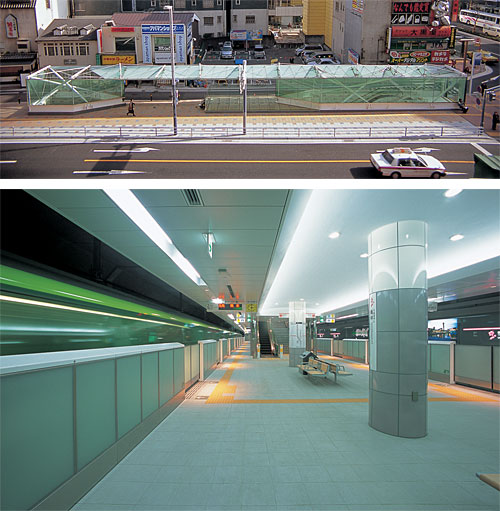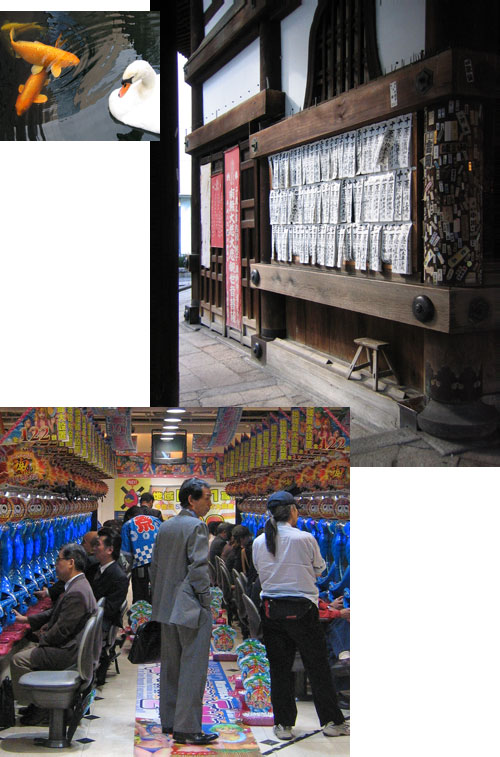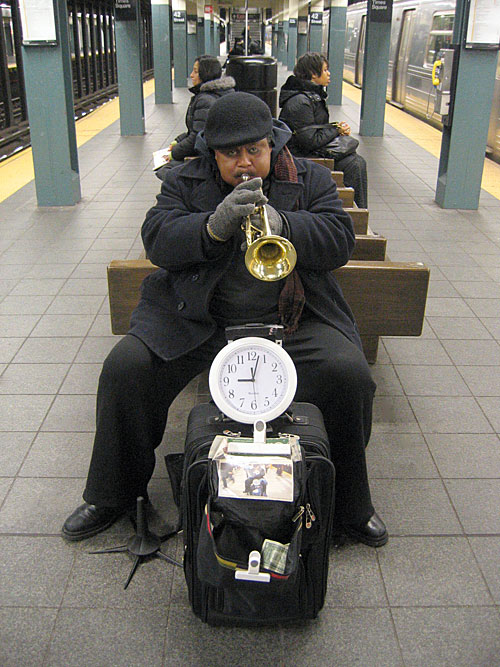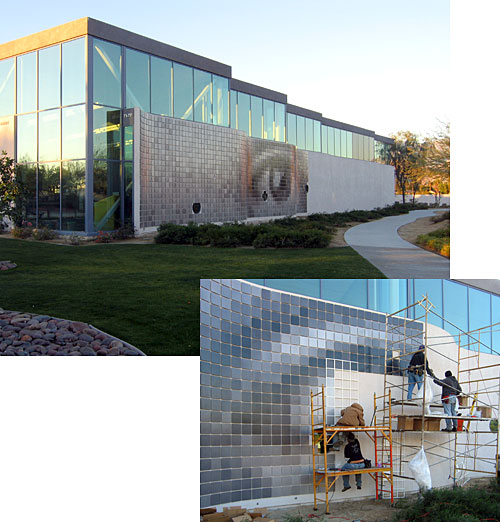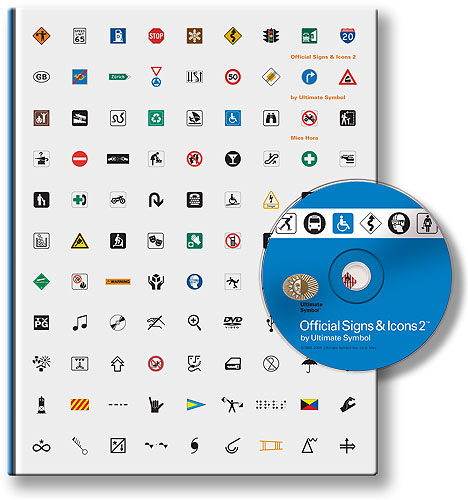
As part of the Dream Library Project, a series of mini-libraries for the New York Public School System, sponsored by McGraw-Hill and in association with Helpern Architects, we developed a series of animal forms created entirely out of typographic characters. These AlphaPets (we have about thirty to date) are designed to act as a learning stimulus for young schoolchildren. They are intended to be installed on hanging ceiling baffles and other components within the library spaces: a low-cost solution for creating a stimulating learning environment. Designers Saki Tanaka and Millie Lin in our studio were responsible for most of these and for pretending that it was hard work.
